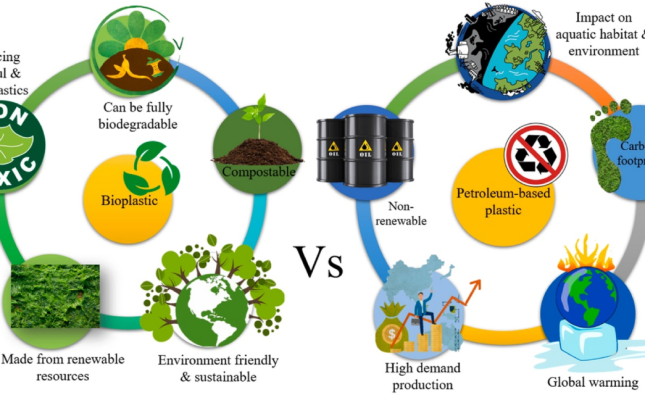
Introduction:
In a significant move reflecting the growing concerns over escalating wildfire risks in California, insurance giant Allstate has made the decision to halt the sale of new home-insurance policies in the state’s wildfire-prone zones. The decision, driven by mounting financial pressures and a desire to mitigate potential losses, has sparked a wave of uncertainty among homeowners. This article examines the factors behind Allstate’s decision, the impact on homeowners, and the broader implications for the insurance industry and wildfire management strategies.
Rising Wildfire Risks in California:
California has long been plagued by devastating wildfires, but recent years have witnessed an alarming increase in their frequency and intensity. Climate change, prolonged droughts, and the accumulation of flammable materials have transformed the state into a tinderbox, pushing insurance companies to reevaluate their risk exposure.
Allstate’s Calculated Withdrawal:
Allstate’s move to halt the sale of new home-insurance policies in California’s wildfire zones is a strategic response to the escalating risks. The insurance company’s decision is driven by the need to protect its financial stability and avoid potential losses associated with a surge in wildfire-related claims. By proactively managing their risk exposure, Allstate aims to ensure the long-term sustainability of its operations.
Implications for Homeowners:
Allstate’s decision to cease selling new home-insurance policies in wildfire-prone areas directly impacts homeowners in California. Individuals looking for comprehensive coverage may find it increasingly challenging to secure insurance that adequately protects their properties. This development highlights the precarious situation faced by homeowners who are now left vulnerable to significant financial risks in the event of a wildfire.
Industry-Wide Reflection:
Allstate’s withdrawal from the California home-insurance market serves as a wake-up call to the wider insurance industry. It signals a shift in the approach to risk management, as insurers grapple with the increasing threat of wildfires and the financial implications they bring. This move prompts other insurance providers to reassess their own risk exposure and make necessary adjustments to their underwriting strategies.
The Need for Comprehensive Wildfire Management:
Allstate’s decision underscores the urgency for comprehensive wildfire management strategies. Collaboration between insurance companies, policymakers, and communities is essential to address the rising risks and protect homeowners effectively. Mitigation efforts must focus on implementing stronger building codes, investing in fire-resistant infrastructure, enhancing early warning systems, and promoting community-wide preparedness measures.
Seeking Solutions:
While Allstate’s decision may cause concern among homeowners, it also opens the door for innovative solutions. The insurance industry, along with regulators and policymakers, must work together to develop alternative coverage options for homeowners in high-risk areas. This could involve risk-sharing mechanisms, incentivizing wildfire mitigation efforts, and exploring public-private partnerships to ensure affordable and comprehensive coverage for all.
Navigating a Changing Landscape:
As California battles the escalating wildfire crisis, insurance companies are forced to navigate an evolving risk landscape. Adapting to these changing conditions requires a delicate balance between managing financial risks and providing homeowners with the necessary coverage. It is imperative that the industry collaborates with stakeholders to develop resilient strategies that address the challenges posed by climate change and protect both homeowners and insurers.
Conclusion:
Allstate’s decision to halt the sale of new home-insurance policies in California’s wildfire zones reflects the heightened risks associated with the state’s worsening wildfire crisis. The move highlights the need for a comprehensive approach to wildfire management, involving the insurance industry, government agencies, and communities. By working together, stakeholders can develop innovative solutions that safeguard homeowners and ensure the long-term viability of the insurance market in wildfire-prone regions.










